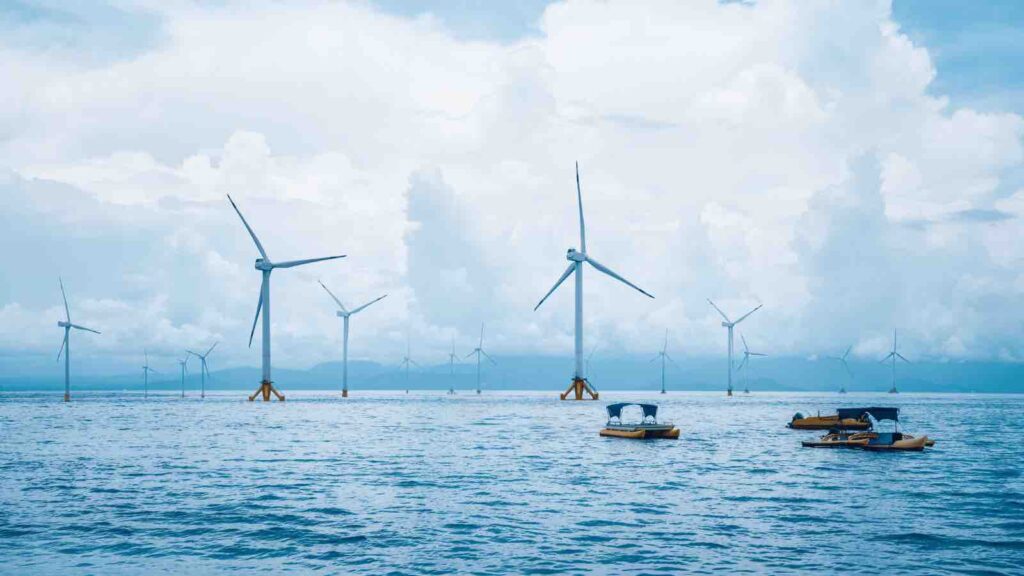The 2024 Renewable Energy Statistics report by IRENA highlights Southeast Asia’s promising but uneven journey toward renewable energy dominance.
Southeast Asia is on the brink of a renewable energy revolution, with countries like Indonesia and Vietnam making strides toward a greener future. Yet, the region faces a critical challenge: can it catch up to renewable energy giants like China and India? According to the latest report from the International Renewable Energy Agency (IRENA), there’s plenty of room for optimism—and opportunity.
RELEVANT SUSTAINABLE GOALS



Southeast Asia’s Renewable Potential: A Sleeping Giant?
The 2024 Renewable Energy Statistics report by IRENA highlights Southeast Asia’s promising but uneven journey toward renewable energy dominance. Indonesia is now the eighth-largest producer of renewable energy in Asia with 13.32 gigawatts (GW) of capacity, while Vietnam is leading the charge in the region with 46.01 GW. However, with China’s staggering 1.45 million MW and India’s 175.93 GW, the gap is evident—but not insurmountable.
With the right investments and policies, Southeast Asia could soon be the next big player in the renewable energy game. “While Southeast Asia has seen growth in renewable energy, the pace is not fast enough to meet global targets,” said IRENA Director-General Francesco La Camera. But the potential is there, and the momentum is building.
Asia Leads Global Growth in Renewables—Southeast Asia Ready to Surge?
Globally, renewable energy hit new highs in 2023, with a total capacity of 3,870 GW. Asia contributed a whopping 69 percent of the new capacity added worldwide, largely fueled by China’s rapid expansion. But don’t count Southeast Asia out just yet. The region has the resources and the ambition to turn things around—and fast.
Countries like Vietnam are setting the pace with aggressive solar and wind energy projects, showing that Southeast Asia can lead in this new energy era. The region just needs a stronger push on policy, infrastructure, and investment to unleash its full potential.
Solar and Wind: Southeast Asia’s Ticket to the Future
Solar and wind energy are the game changers for Southeast Asia’s renewable energy dreams. Globally, solar accounted for 73 percent of the renewable growth in 2023, adding a massive 345.5 GW, with Vietnam already capitalizing on favorable policies to boost its solar capacity. Wind energy, with a total global capacity of 1,017 GW by the end of 2023, also offers huge opportunities for Southeast Asia, where vast coastlines could be harnessed for offshore wind farms.
While challenges remain, the upside is clear: renewable energy is not just a path to meeting energy demands, but a strategic move to enhance energy security and fight climate change. The region is sitting on a gold mine of renewable resources, waiting to be tapped.
For Southeast Asia to truly soar, collaboration is key. The region needs to work together to harmonize policies, attract international investment, and build the infrastructure necessary to support large-scale renewable energy projects. Initiatives like the ASEAN Plan of Action for Energy Cooperation could be the catalyst needed to turn Southeast Asia into a renewable energy powerhouse.
“The patterns of concentration in both geography and technology threaten to intensify the decarbonization divide,” La Camera noted, urging for a unified approach to bridge the gaps. But with the collective will and strategic investment, Southeast Asia could not only catch up but lead the way in the global renewable energy race.
You may also be interested in :
Rapid Adoption Of Clean Technologies Lowers Energy Costs, Says IEA Report





This Post Has One Comment
I have been browsing online more than three hours today yet I never found any interesting article like yours It is pretty worth enough for me In my view if all website owners and bloggers made good content as you did the internet will be a lot more useful than ever before
Comments are closed.